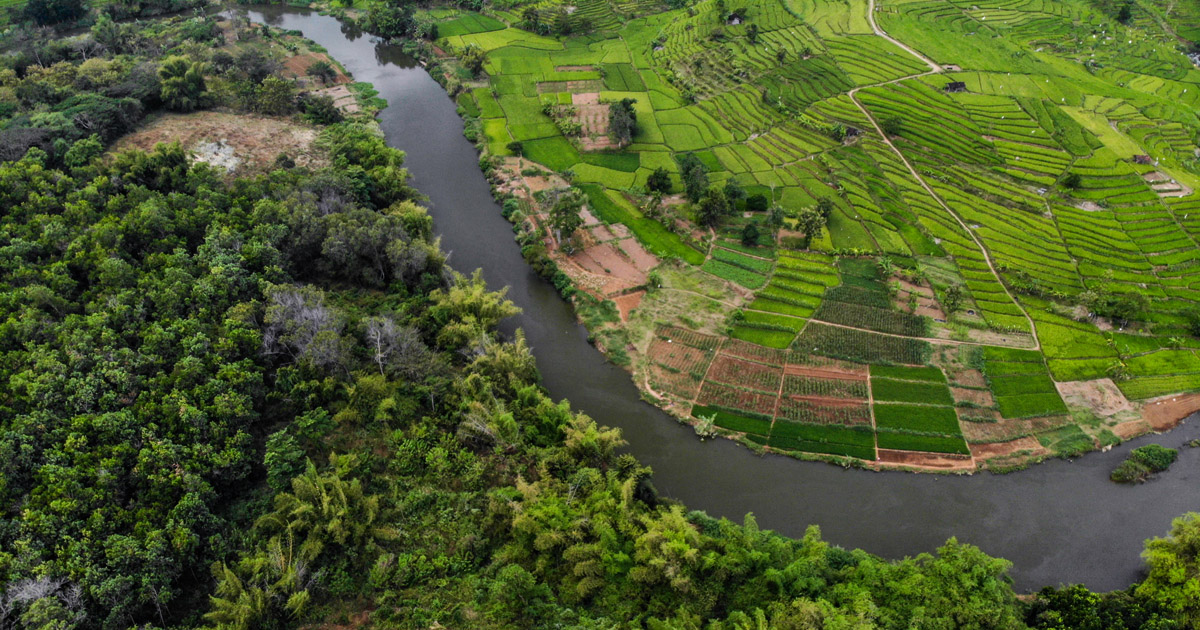Global experiences reveal the positive impact of watershed-based interventions in improving livelihoods and environmental security. In the drylands, increasing forage resources and improving livestock productivity is a critical challenge. The overarching aim of this paper is to analyse the impact of watershed-based interventions on livestock population, productivity, fodder resources, and biomass availability. The paper describes the interrelationship between land, water, crop, and livestock and how the gap in forage deficit can be bridged through a range of watershed interventions. The study was undertaken in the Parasai-Sindh watershed of Central India between 2011 and 2016. A 300-year-old defunct haveli (a traditional rainwater harvesting structure) was renovated and nine check dams along the drainage line were constructed. Nearly 25,000 running-meters of field bunds were constructed. Large fields (2-3 ha) were divided into relatively smaller plots (0.3–0.5 ha) to reduce runoff velocity. The impact of watershed interventions on water availability, livestock productivity, forage yield, and income was studied through hydrological monitoring, primary household survey and principal component analysis (PCA) biplot and hierarchical clustering. The watershed interventions enhanced groundwater availability leading to greater fodder availability, 22% increase in livestock population (ACU) and a 120% increase in milk production over a period of five years. The bovine population recorded a surge of 193% (cattle) and 32% (buffalo) over this period. Mean dry matter (DM, fodder) availability also increased from 10 t/household/year to 16.7 t/household/year owing to improved water availability. Groundnut (rainy season) and wheat (post rainy season) contributed significantly as forage resources. There was an annual forage demand of 5560 t DM for a livestock population of 2175 ACU in 2011 and of 6770 t DM for a livestock population of 2650 ACU in 2016. Annual forage biomass availability was estimated at 4219 t DM in 2011 and 6977 t DM in 2016. There was a deficit of 1341 t DM (24%) in 2011 which turned into a 3% surplus of 210 t DM in 2016 through watershed-based interventions. With increased cropping intensity and milk production, average annual household income increased from US$ 1325 to US$ 2430 over the five-year period.
DOI:
https://doi.org/10.1016/j.agsy.2021.103346
Altmetric score:
Dimensions Citation Count:

Publication year
2022
Authors
Dev, I.; Singh, R.; Garg, K.K.; Ram, A.; Singh, D.; Kumar, N.; Dhyani, S.K.; Singh, A.; Anantha, K.H.; Akuraju, V.; Dixit, S.; Tewari, R.K.; Dwivedi, R.P.; Arunachalam, A.
Language
English
Keywords
forage, livestock, livelihoods, natural resource management, semiarid zones, small scale farming
Geographic
India





















